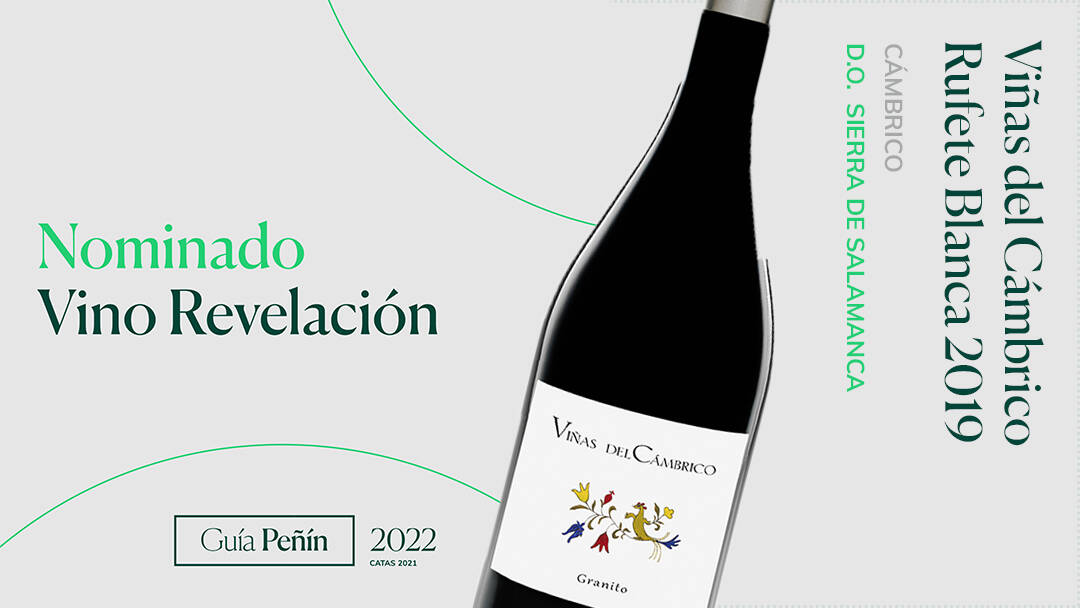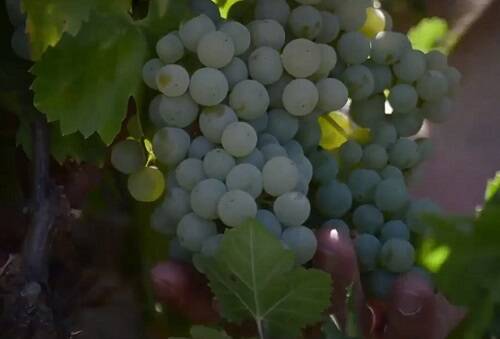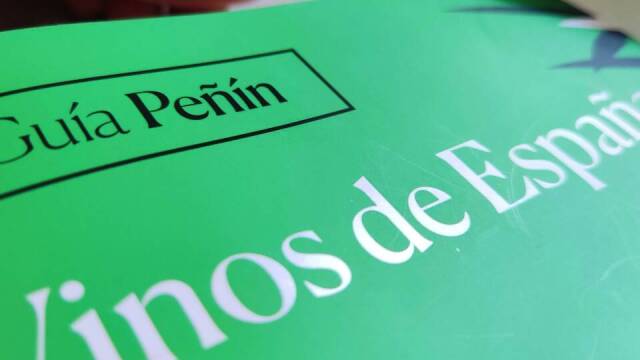All this interest in their own grape led to the development of a study on the rufete coordinated by Jesús Yuste of the ITACyL, which allowed them to officially identify this grape and also to make a selection of the best plants studied in order to reproduce and plant them in Cámbrico. All this work to identify the red rufete led Cámbrico to fix its gaze on the white rufete, a variety that was known in the area as verdejo and which had nothing to do with the famous and widespread Castilian grape, so before confirming its name as white rufete it was decided to call it verdejo serrano, a way of differentiating it from the traditional verdejo, which according to Fernando Maillo still generated a great deal of confusion.
As history always repeats itself, they returned to carry out a study of this white grape, discovering that it was not a simple mutation of the red grape, despite its great similarities with it, a work of identification that took them, together with the D.O. Sierra de Salamanca, more than seven years.
The most striking feature of this variety is its thick skin and its good acidity. The first time the winery produced the white rufete was in 2009, a mere 100 litres as it was frankly difficult to find grapes of this almost extinct variety, with only a few single vines in every old vineyard. The house has planted and owns just over half a hectare of white rufete on granite and a colleague of the winery also owns a vineyard of this grape on slate soils, so they can make the white rufete on two different soils. Our nominee today, first in a list of very interesting projects, is the one coming from granite soils.
Viñas del Cámbrico Rufete Blanca 2019 is a wine fermented in fourth-use barrels, a relatively neutral wood that has allowed the grapes to ferment smoothly and contribute to the wine without overpowering the wine as a whole. The grape skins are so thick that the resulting wine has an unusual tannicity, making it a white wine capable of withstanding more intense gastronomy. Asking its creator about the ageing capacity of this wine, he states with confidence that it has a long way to go, "it is a wine that improves with the bottle, as it softens all its character". "We have also seen how our first tests with this grape are evolving very well, so 8 or 10 years could last perfectly well". Seventy percent of the white rufete used to make this wine comes from a 12-year-old vineyard, while the remaining 30 percent comes from 110-year-old vines in different parts of Villanueva at an altitude of around 750 metres.

 Log in
Log in









